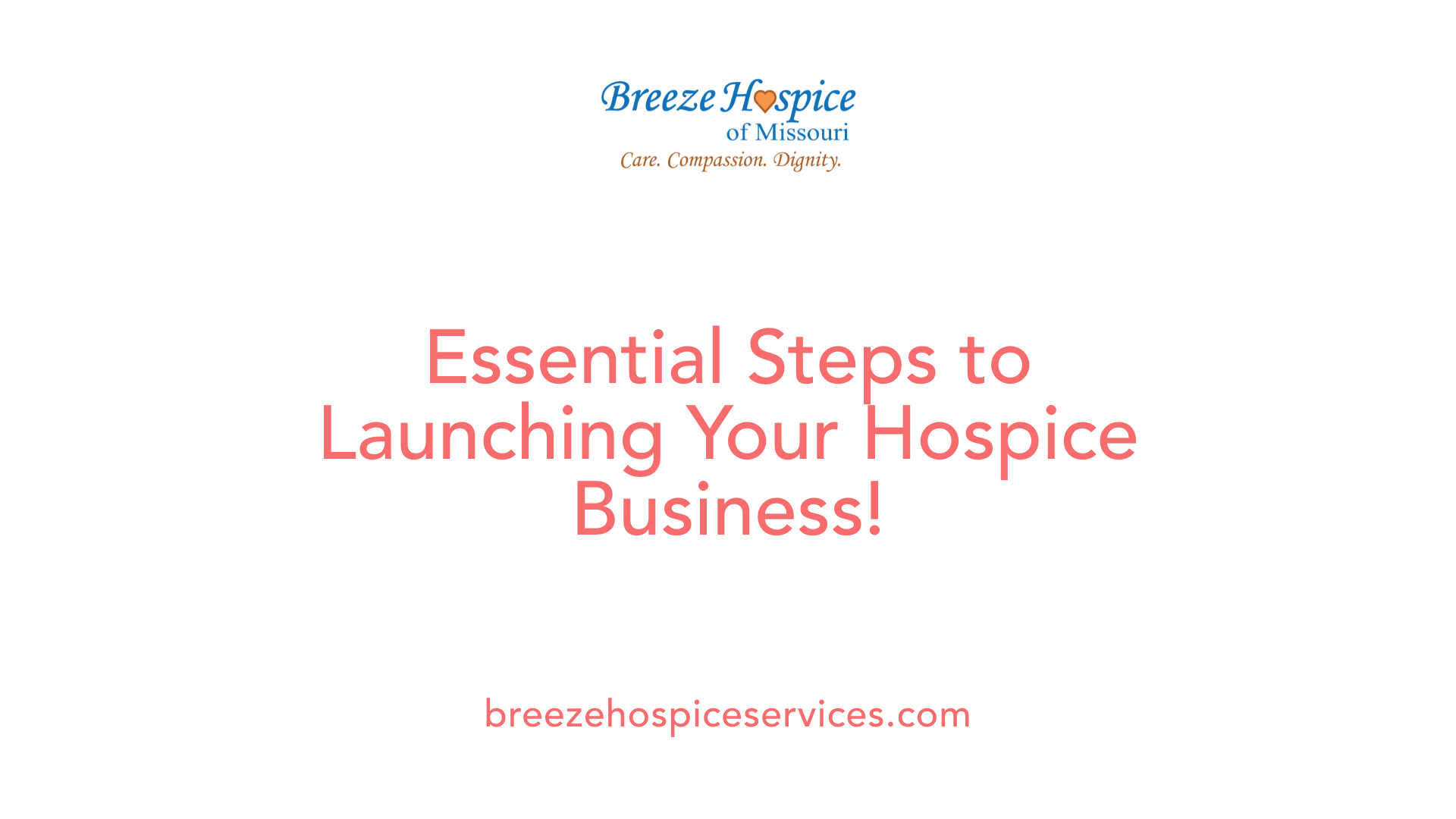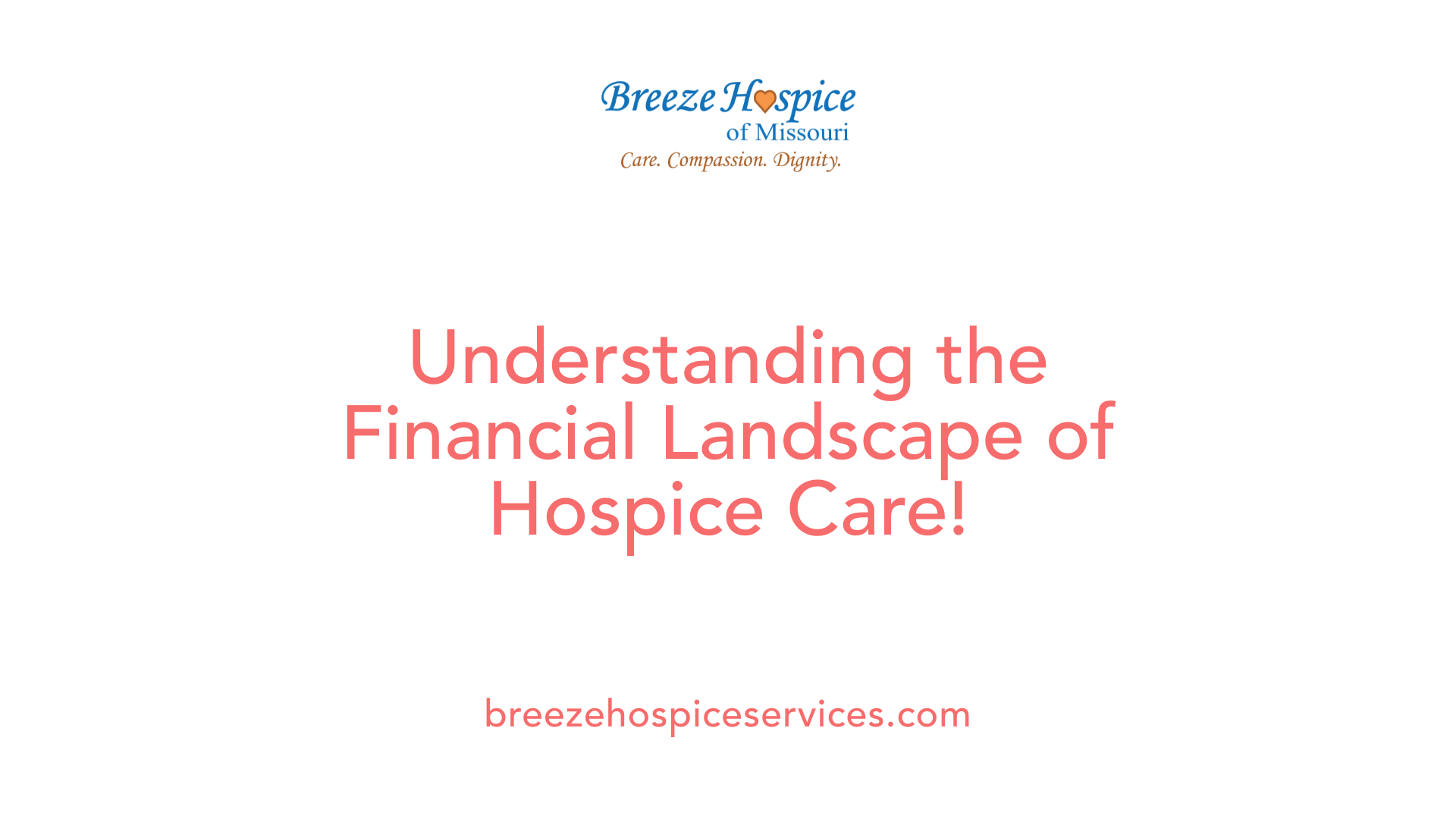How to Build a Hospice Care Network
February 21, 2025
Crafting Comprehensive Hospice Networks: Steps, Strategies, and Insights

Building the Foundation of Hospice Care
As the demand for hospice services continues to grow, especially with an aging population, establishing a robust hospice care network has never been more essential. Building such a network involves thorough planning, strategic management, and community engagement. This article provides an in-depth look into the critical steps and considerations for successfully establishing and managing a hospice care network.
Kickstarting a Hospice Business

What are the initial steps to start a hospice business?
To start a hospice business, the first crucial step is developing a comprehensive business plan. This plan should outline your goals, target market, financial projections, and operational procedures. Understanding the U.S. hospice care market, valued at $32.1 billion in 2021, will help inform your strategy as demand grows with the aging population.
Next, identify and secure a location that complies with zoning regulations and is easily accessible for patients and families. Securing necessary licenses and certifications is also imperative; this includes applying for a Tax ID, obtaining state licensing, and securing Medicare accreditation to ensure compliance.
Recruiting skilled staff members is vital in delivering quality care. Form an interdisciplinary team that includes nurses, social workers, and trained volunteers to address the holistic needs of patients and families.
Lastly, implement comprehensive marketing strategies. Combine traditional outreach to healthcare professionals with digital marketing aimed at potential patients and their families, emphasizing the compassionate nature of hospice care. Once all preparations are complete, you can raise awareness and officially launch your hospice.
Financial Realities of Hospice Operations

How much does it cost to start a hospice company?
Starting a hospice company presents significant financial implications. The costs depend on several factors, including whether you are establishing a non-Medicare or Medicare-certified facility. For a non-Medicare facility, startup expenses typically range from $70,000 to $120,000. For Medicare-certified agencies, the investment is considerably higher, falling between $160,000 and $400,000.
Beyond initial costs, ongoing operations incur annual expenses that generally average around $400,000 to $450,000. Payroll constitutes the largest cost contributor, reflecting the need for a skilled caregiving team.
Revenue streams
Medicare plays a pivotal role in hospice financing. The average reimbursement rate is about $145 per day, or $40 per hour for home nursing care. These rates form a vital part of the revenue landscape for hospices, significantly impacting their financial viability.
Profit margins
Well-managed hospice companies that effectively handle their patient numbers and service offerings can expect annual profits ranging from $120,000 to $200,000. To optimize profitability, it is essential to identify underserved populations, customize care services, and secure robust referral networks.
| Startup Cost (Non-Medicare) | Startup Cost (Medicare-Certified) | Annual Operational Cost | Medicare Daily Reimbursement | Annual Profit Potential |
|---|---|---|---|---|
| $70,000 - $120,000 | $160,000 - $400,000 | $400,000 - $450,000 | $145 | $120,000 - $200,000 |
Building a Multidisciplinary Hospice Team

What makes up a hospice team?
A hospice team is composed of a diverse group of professionals dedicated to providing comprehensive support for individuals in the final stages of life. This team typically includes:
- Nurses: Oversee patient care and symptom management.
- Doctors: Provide medical oversight and collaborate on care plans.
- Social Workers: Offer emotional support and assist with practical needs.
- Spiritual Advisors: Address the spiritual aspects of end-of-life care.
- Nutritionists: Guide dietary choices to ensure comfort.
- Trained Volunteers: Provide companionship and respite for primary caregivers.
Roles and responsibilities
Each member of the hospice team has specific responsibilities that contribute to a holistic approach. For instance, nurses manage pain and provide emotional support, while social workers help navigate the complexities of end-of-life planning and bereavement. Volunteers play an integral role in alleviating caregiver fatigue and enhancing the patient's quality of life through companionship.
Holistic care approach
The primary focus of hospice care is to enhance comfort and life quality, addressing physical, emotional, and spiritual needs. By fostering an environment of support, hospice teams ensure that both patients and their families receive compassionate care tailored to their unique circumstances. This unified approach maximizes the effectiveness of end-of-life care, allowing for a dignified experience.
Navigating Financial Models in Hospice Care

How can hospice care providers establish a payer network and understand value-based care models?
Hospice care providers can strategically establish a payer network by engaging with value-based purchasing (VBP) programs. These programs tie reimbursement rates to health outcomes rather than the volume of services offered. Particularly relevant is the Medicare Advantage (MA) Hospice Benefit Component of the VBID Model, which fosters accountability and links insurance coverage directly to the quality of care provided.
To participate effectively in these models, hospice providers must adhere to strict quality reporting requirements. Incorporating predictive analytics tools, such as Medalogix Muse, enables hospices to showcase care quality and improve patient outcomes based on data-driven insights.
Moreover, focusing on advance care planning and facilitating smooth care transitions can strengthen relationships with patients and referring healthcare professionals. This approach not only enhances service delivery but also positions hospices as valuable partners in the healthcare continuum. Understanding and actively participating in value-based initiatives is crucial as the healthcare landscape continues to evolve, ensuring that hospices can secure the necessary reimbursements and maintain financial stability.
Enhancing Community Engagement for Better Care

How can hospice providers improve community engagement and support?
Hospice providers can significantly enhance community engagement and support by prioritizing education about the services and benefits of hospice care. Educating both healthcare providers and the broader community is crucial.
Community Education and Outreach
Organizing regular informational sessions and community workshops can serve as effective educational platforms. These events can clarify misconceptions about hospice care, providing families with the knowledge and reassurance they need. Additionally, distributing informative marketing materials, such as brochures and flyers, can further enhance visibility. Utilizing engaging content on social media platforms can foster dialogue and trust between providers and potential patients.
Building Relationships with Healthcare Providers
Strong relationships with healthcare providers are essential for increasing hospice referrals. Personalized communication and outreach efforts—including hosting educational events tailored for medical professionals—can equip them with the knowledge to refer patients effectively. Collaborating with providers can also ensure that patients receive timely, compassionate end-of-life care when they need it most.
Online Presence and Reputation Management
Having a robust online presence is vital. Maintaining updated content on websites and active engagement on social media platforms can help establish a strong reputation. Addressing any concerns or negative feedback promptly can enhance trust among patients and families. Additionally, sharing success stories and testimonials online can demonstrate the quality of care provided, attracting more community engagement.
In summary, by focusing on education, building relationships with healthcare providers, and managing their online presence effectively, hospice providers can improve community engagement, ensuring that patients receive the compassionate care they deserve.
Concluding Strategies for Hospice Growth
In conclusion, establishing a hospice care network is a multifaceted effort that requires attention to business planning, financial management, team building, and community outreach. By focusing on creating a sustainable business model, building a skilled and compassionate team, and leveraging community engagement, hospice care providers can effectively address the needs of patients and their families. With the industry poised for growth, there is an unparalleled opportunity for new entrants to make meaningful contributions to end-of-life care, ultimately enriching the lives of countless individuals facing their final journey.
References
- How to Start a Hospice Business in 6 Steps: The Complete Guide
- [PDF] MLN9895410 Creating An Effective Hospice Plan of Care - CMS
- Networks and Communities | Hospice UK
- California Hospice and Palliative Care Association
- Where Is Hospice Care Provided and How Is It Paid For?
- Starting A Successful Hospice Business | Hucu AI
- 4 Steps Hospices Can Take To Build a Payer Network


































































































